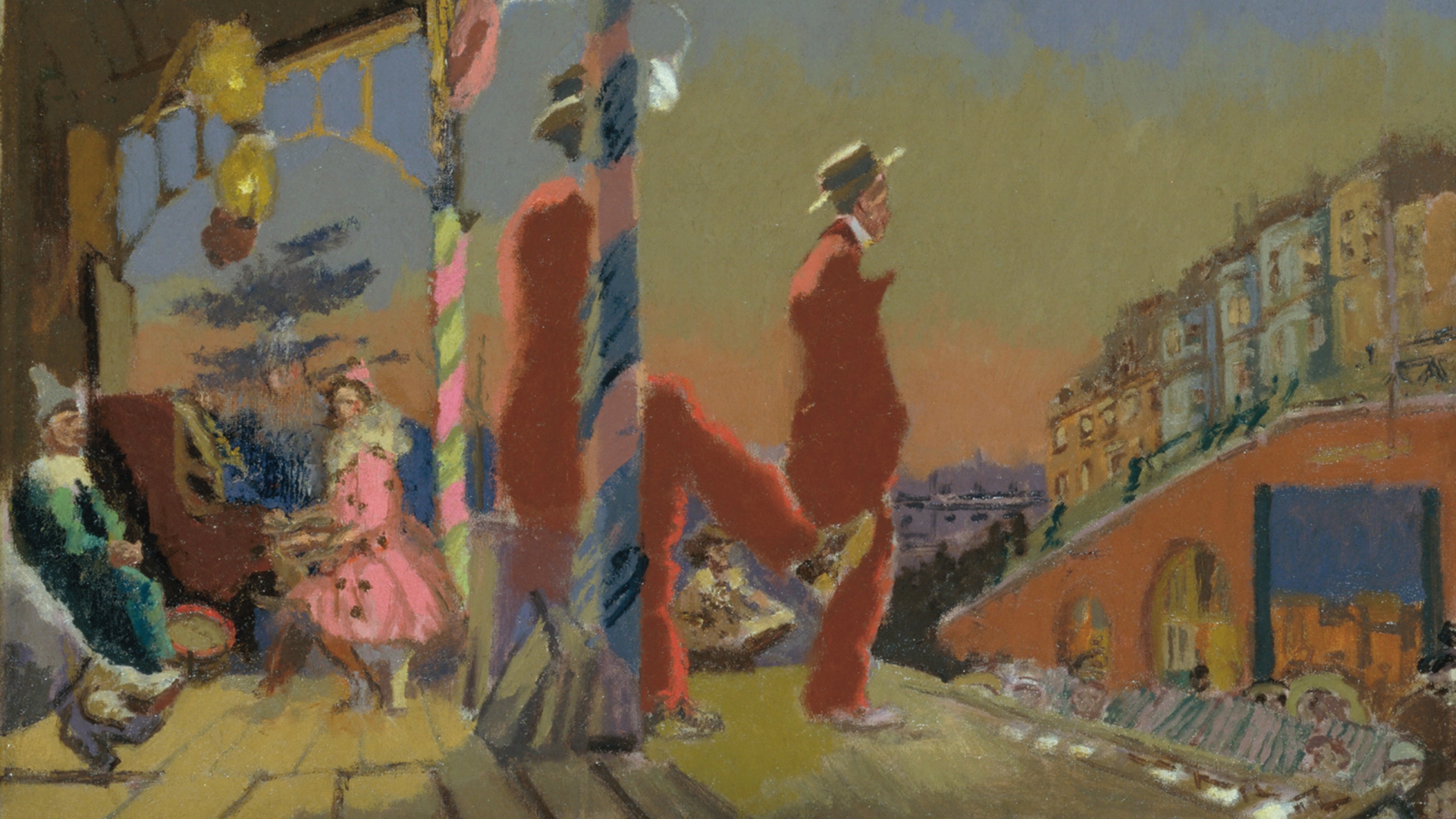In 1976 an author called Stephen Knight released a book about Jack the Ripper, and he had concluded that an accomplice of the un-caught perpetrator of the murders was Walter Sickert, a painter who at the moment enjoys a major exhibition at the Tate Britain (which I have suggested we rename the Tate Britney in the hope it will attract more visitors).
I was fascinated by the idea that Knight’s book was true, with the author putting up a number of supposedly well-reasoned arguments why Sickert was involved in the murders of all of the East End women that fell to the Ripper’s knife. And for a while the charges kind of stuck, with TV films made and other books written about it. It certainly upped the idea that it might have been some well-placed Victorian and not some street loser who did the murders, what with Knight also bringing in members of the royal family to add to the flavour.
Whatever, Sickert remains a major British painter, even though he was born in Germany of an English mother and a Danish father. The exhibition is the biggest I have seen of his paintings, and one day last week I went there to savour virtually all of his major works.
I first came across Sickert in a badly made book that showed dull-coloured paintings when I was 16. I was perplexed why anyone would waste so much effort in putting those works into a book. But later I realised that one thing you can say about Sickert is that his work does not shine. Its colour has been subdued into variations on grey. Occasionally something brighter, but never likely to knock you over with its luminosity.
They look Victorian, and to some extent they look clumsy and awkward. Many of his nudes, with women lying on what look like unmade beds, have a feeling of dejection, not joy. Only in his later work do you notice brighter colours and lighter uses of paint. But mainly you can see that the great, mighty and much-revered Sickert uses a whole lot of mud in his palette.
So if you step from our too-hot summer streets into the Tate you might feel you have entered a visual fridge, for it will drive all colour and ‘eye candy’ delight from your eyes. And yet that is Sickert’s great beauty. It is the subduing of the light and the colour. It’s the holding back that I love. It is the murk that never lifts that inspires me to look at him again and again.






